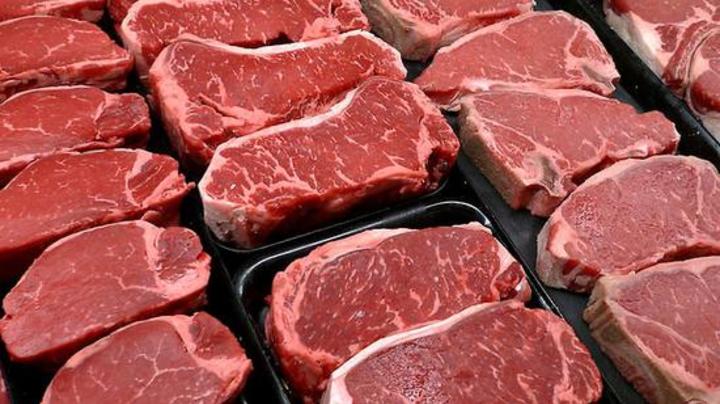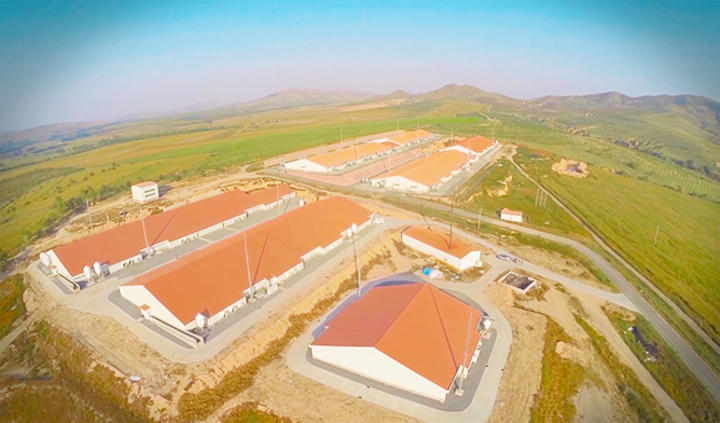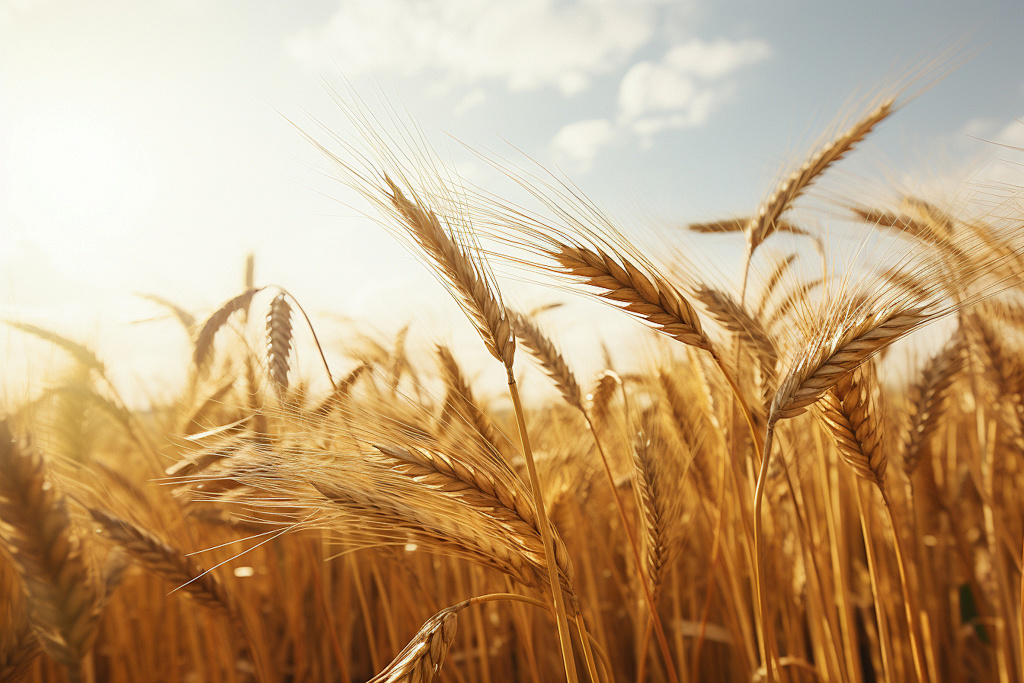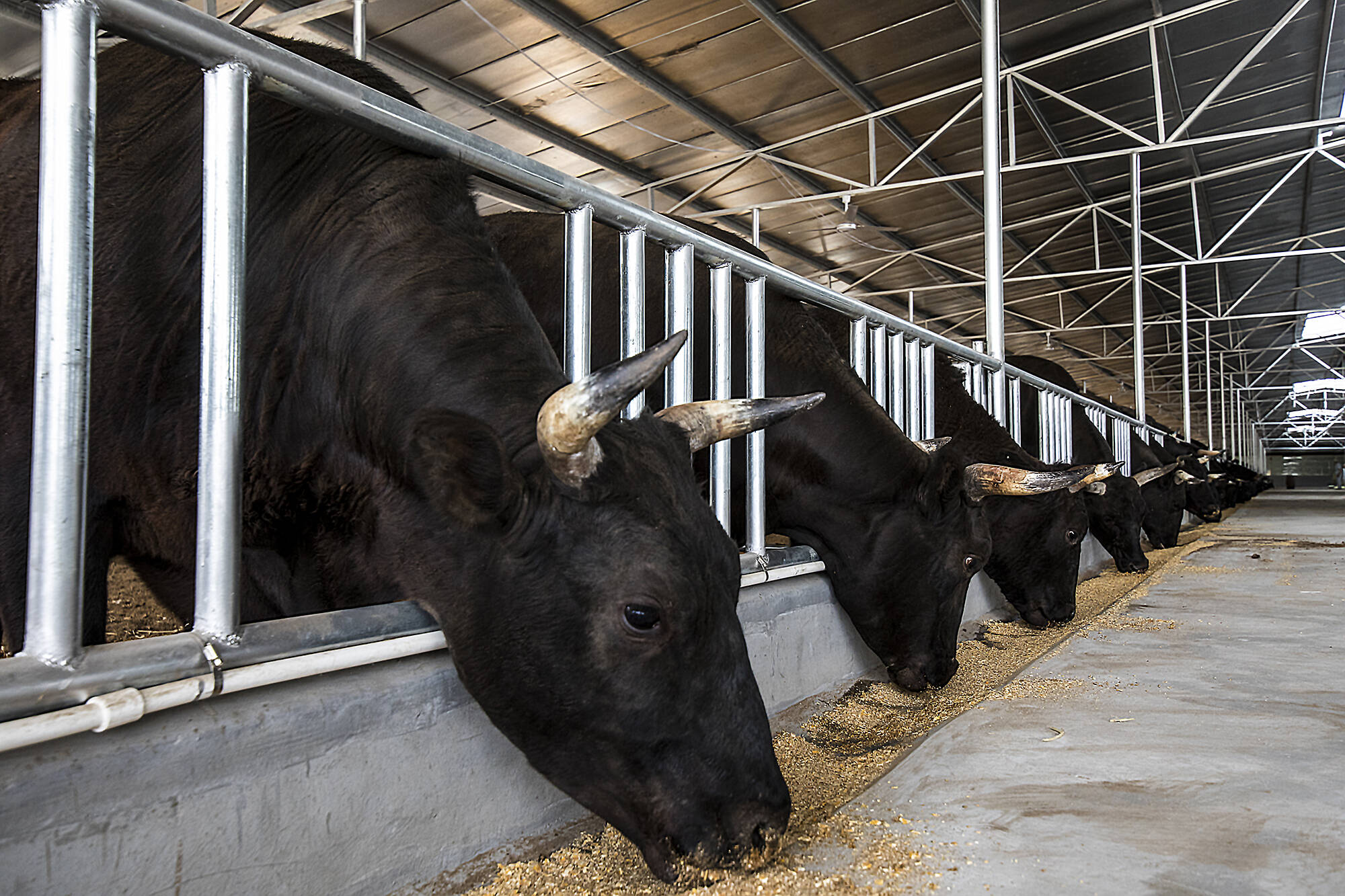Chinese Beef Industry: Germplasm Resources Becoming a Development Bottleneck
Chinese Beef Industry: Germplasm Resources Becoming a Development Bottleneck
The challenges faced by beef production in our country are multifaceted, with the issue of germplasm resources being particularly prominent. In order to gain a deeper understanding of these challenges, we need to conduct in-depth analysis of germplasm resources and their impacts.
Firstly, germplasm resources are one of the core elements of agricultural production, which directly determines the production performance and product quality of animals. In China, the germplasm resources for beef production face problems of insufficient quantity and uneven quality. Due to insufficient attention over the long term, China has invested less in the research and cultivation of high-quality beef varieties, resulting in a lack of competitiveness in beef production in terms of germplasm resources.
Secondly, the lack of germplasm resources has also led to a lag in genetic improvement in beef production in China. Genetic improvement is an important means to improve animal production performance and product quality, but due to limitations in genetic resources, it is difficult for China's beef production to make breakthroughs in genetic improvement. This not only affects the production of beef, but also affects the quality and taste of beef, making it difficult for Chinese beef to compete with international high-quality beef in the market.
In addition, the lack of germplasm resources has also led to difficulties in disease prevention and control in beef production in China. Diseases are one of the important factors affecting animal production, and high-quality germplasm resources often have strong resistance to diseases and immunity. Due to the insufficient germplasm resources in beef production in our country, disease prevention and control work has become particularly difficult. The frequent occurrence of diseases not only affects the stability and sustainability of beef production, but also increases production costs and risks.
To address these challenges, we need to take a series of measures. Firstly, we need to strengthen the research and cultivation of high-quality beef varieties to enhance the competitiveness of beef production in terms of germplasm resources in China. Secondly, we need to increase investment in genetic improvement and improve beef production performance and product quality through scientific and technological means. At the same time, we also need to strengthen the prevention and control of diseases to ensure the stability and sustainability of beef production.
In summary, the challenges faced by beef production in China are multifaceted, with the issue of germplasm resources being particularly prominent. Only by strengthening the research and development, cultivation, and protection of germplasm resources can we improve the competitiveness of China's beef production in the market and achieve sustainable development.











First, please LoginComment after ~